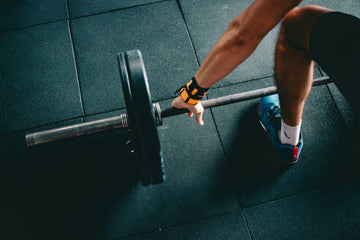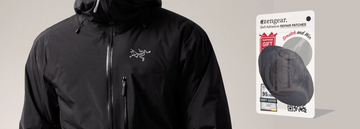For runners, strong glutes are the foundation of efficient and injury-free performance. The gluteal muscles, comprising the gluteus maximus, gluteus medius, and gluteus minimus, play a pivotal role in propulsion, stability, and overall biomechanics. However, weak glutes are a common issue among runners, often leading to various problems that can hinder performance and lead to injuries. This post will explore the signs of weak glutes specifically in runners, the implications of this weakness, and effective ways to address it.
Why Strong Glutes Matter
Before discussing the signs of weak glutes, it's crucial to understand why strong glutes are essential for runners:
Efficient Stride: Strong glutes contribute to a powerful and efficient stride, maximizing propulsion and speed.
Injury Prevention: They stabilize the pelvis and lower limbs, reducing the risk of common running injuries such as runner’s knee and IT band syndrome.
Endurance: Well-developed glutes help maintain running form over long distances, delaying the onset of fatigue.
Signs of Weak Glutes in Runners
Weak glutes can manifest in several ways for runners. Here are the key signs to watch for:
Lower Back Pain: Chronic lower back pain, especially during or after running, often indicates that the lower back muscles are compensating for weak glutes.
Knee Pain: Knee pain, particularly around the kneecap (patellofemoral pain syndrome) or on the outer side of the knee (IT band syndrome), can be a sign of gluteal weakness leading to poor knee alignment and mechanics.
Hip Pain: Hip pain, especially on the sides of the hips, can result from weak glutes failing to stabilize the pelvis during the running stride.
Overstriding: Taking excessively long strides while running can be a sign of weak glutes, as the body tries to compensate by increasing stride length rather than relying on glute strength for propulsion.
Poor Posture: Anterior pelvic tilt or swayback posture during running can indicate weak glutes, leading to inefficient running form and increased stress on the lower back.
Inability to Maintain Pace: Struggling to maintain a consistent pace, especially during longer runs or races, can be due to weak glutes causing early fatigue and decreased efficiency.
Quad Dominance: If your quadriceps feel consistently sore and fatigued after running, it might indicate that they are overworking to compensate for weak glutes.
Testing for Weak Glutes in Runners
If you suspect weak glutes, here are a few tests you can perform:
Single-Leg Bridge Test: Lie on your back with one knee bent and the other leg extended. Lift your hips using your glutes. Difficulty lifting or maintaining this position indicates weak glutes.
Clamshell Test: Lie on your side with knees bent and feet together. Lift your top knee without rotating your pelvis. Difficulty with this movement suggests weak gluteus medius muscles.
Single-Leg Squat: Perform a squat on one leg. If your knee caves inward or you lose balance, weak glutes may be the issue.
Strengthening the Glutes for Runners
Addressing weak glutes involves incorporating targeted exercises into your training routine. Here are some effective exercises:
Glute Bridges: Lie on your back with knees bent and feet flat on the floor. Lift your hips towards the ceiling, squeezing your glutes at the top, then lower back down. This exercise activates the gluteus maximus.
Clamshells: Lie on your side with knees bent. Keeping your feet together, lift your top knee while maintaining pelvic stability. This targets the gluteus medius.
Single-Leg Deadlifts: Stand on one leg, hinge at the hips, and extend the other leg behind you while lowering your torso. Return to standing. This exercise strengthens the glutes and improves balance.
Hip Thrusts: Sit on the ground with your upper back against a bench and a barbell over your hips. Lift your hips upward, squeezing your glutes, then lower back down.
Bulgarian Split Squats: Stand a few feet in front of a bench, place one foot on the bench behind you, and perform a squat. This exercise engages the glutes, quads, and hamstrings.
Side-Lying Leg Raises: Lie on your side and lift your top leg as high as possible, then lower it back down. This works the gluteus medius and minimus.
For runners, strong glutes are crucial for optimal performance and injury prevention. By recognizing the signs of weak glutes and incorporating targeted strengthening exercises into your training regimen, you can enhance your running efficiency, reduce the risk of injury, and improve overall endurance. Consistency and dedication to these exercises will lead to stronger glutes and better running form, helping you achieve your running goals with greater ease and enjoyment. Investing in your glutes is investing in your running future.





